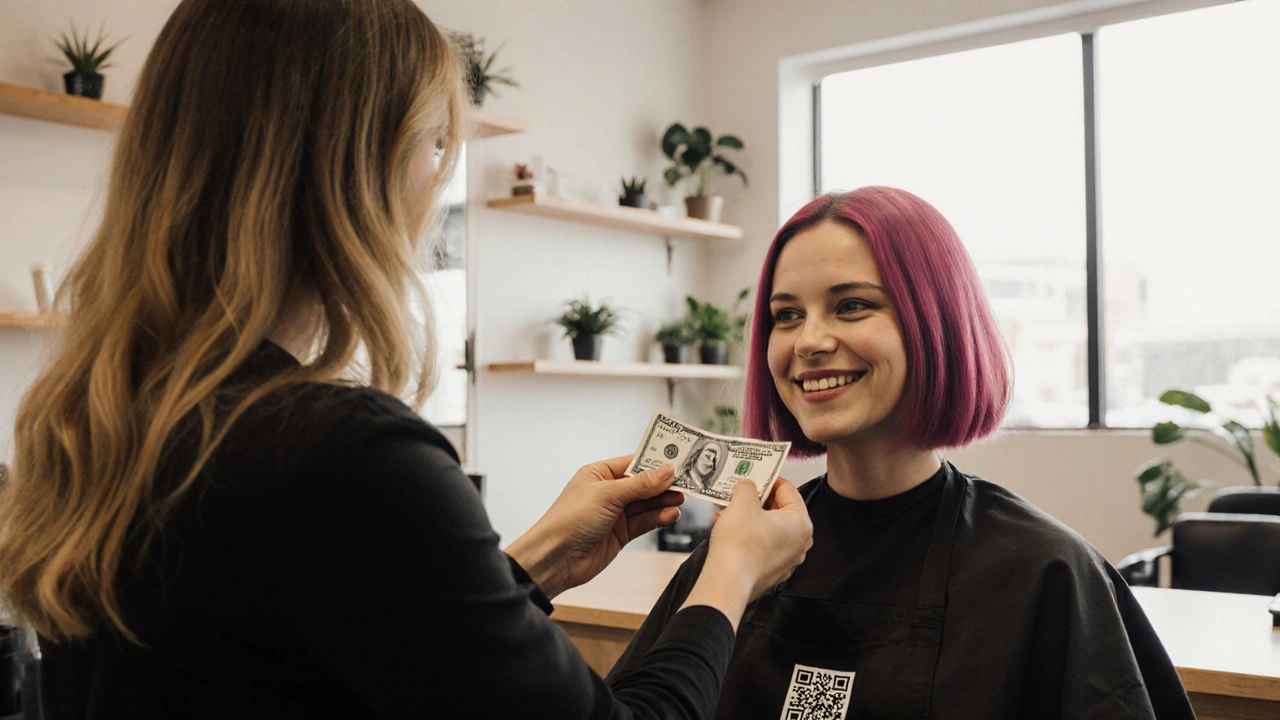Hair Salon Service Charge: What You Really Pay for and Why It Matters
When you walk out of a hair salon, the final bill often includes a hair salon service charge, a fee added to cover operational costs, staff training, and sometimes service quality assurance. It’s not always a tip, and it’s not always optional — but it’s rarely explained. Many people confuse this with a gratuity, but in the UK, it’s often a fixed administrative fee built into the price — not a bonus for the stylist. This matters because you’re paying for more than just scissors and shampoo. You’re paying for expertise, time, and the environment that makes a salon experience feel different from doing it yourself.
Related to this are the hair salon tipping, the cultural practice of leaving extra money for good service, which varies wildly depending on location and salon policy. Some salons include the service charge and discourage tipping; others expect 10–20% on top. Then there’s the beauty salon pricing, the complex system that determines how much you pay for a cut, color, or treatment. It’s not just about the hair — it’s about the product quality, the stylist’s experience level, the salon’s overhead, and even how busy they are that day. A £50 cut might seem steep until you realize it includes a premium shampoo, a 45-minute consultation, and a stylist who’s trained for five years.
And here’s the thing: most people don’t ask. They see a line on the receipt and assume it’s standard. But not all service charges are created equal. Some salons use it to cover the cost of disposable caps, towels, or even the software they use to book appointments. Others use it as a way to pay stylists a flat wage instead of commission. If you’re paying extra, you deserve to know why. The hairdresser costs, the real expense behind the chair — from education to product inventory to rent — are hidden from view, but they shape every price tag.
That’s why the posts below cut through the noise. You’ll find real answers about what’s fair, what’s optional, and what’s just padding on a bill. Learn how to spot a salon that’s transparent versus one that’s hiding fees. Discover how tipping culture differs between high-end salons and budget chains. See what’s actually included in a £100 service versus a £30 one. And find out why some stylists make more from product sales than from cuts.
This isn’t about being cheap. It’s about being informed. You spend money on your hair because it matters — so why not know exactly what you’re paying for?
Do People Still Tip Hairdressers? What’s Expected in 2025
Tipping hairdressers in 2025 isn't mandatory everywhere - but it's still a meaningful way to show appreciation. Learn what's expected in New Zealand, the U.S., and beyond - and how to tip wisely.
